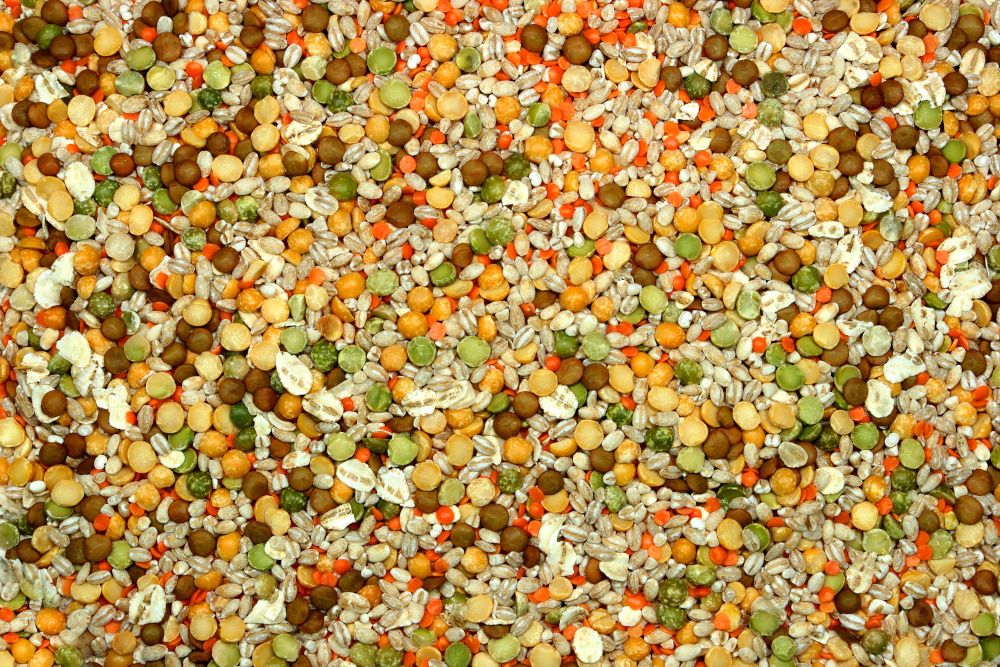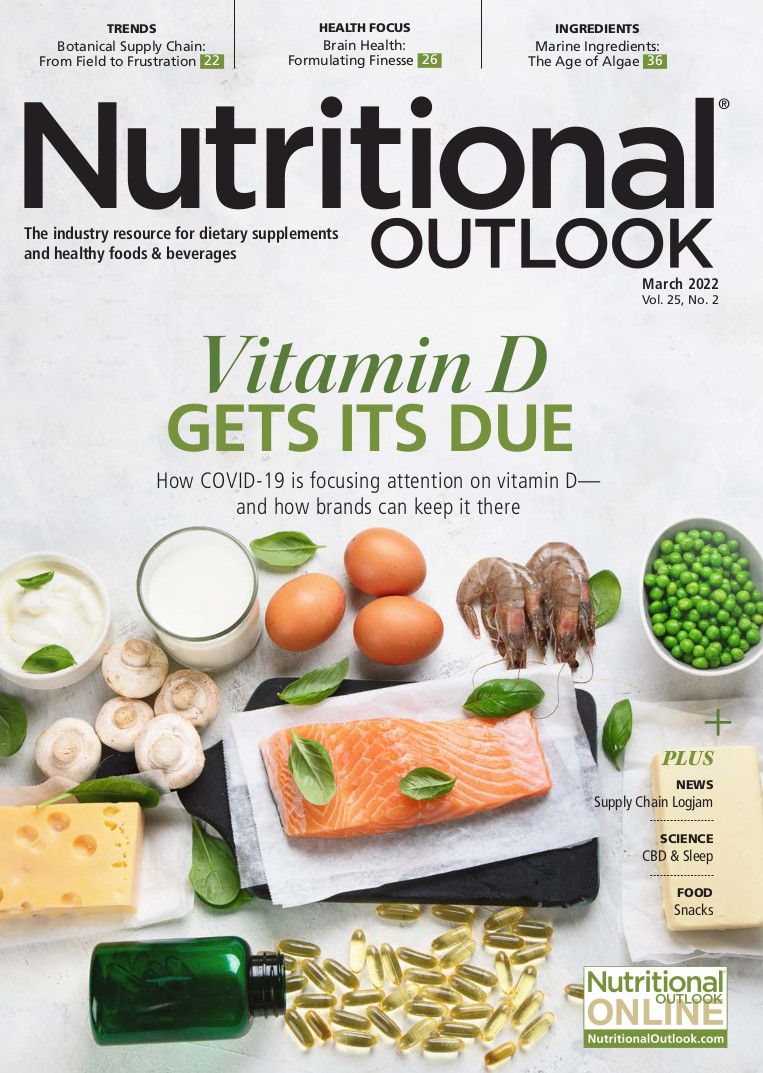Healthy Snacks: Pulse ingredients create a healthy halo
Pulses offer high nutritional value, including protein and fiber content, for that healthy halo consumers are looking for in snacks.
Photo © Marilyn Barbone - Stock.adobe.com

Consumers want more from their snacks. According to Mondelez International’s third annual “State of Snacking” report measuring consumer priorities for snacks in 2021, while convenience was the top attribute cited by 91% of survey respondents, consumers also greatly valued freshness (90%), indulgence (85%), healthiness (84%), energizing (82%), and uniqueness (74%).
Notice that “healthy” trailed “indulgence” by only a slim margin. The healthfulness of a snack still matters to consumers. Broken down by generation, the report found that Generation Z consumers were more likely to snack to relieve anxiety and boredom, Generation X consumers were more likely to see snacks as comfort food, while millennials were more likely to eat snacks to meet nutritional needs. But while 85% of millennials may approach snacks as a way to meet nutritional needs, this sentiment was still largely shared by 78% of survey respondents overall; in fact, the number of respondents stating they value snacks for nutrition rose 8% in 2021 from 2020.
Desire for functional snacks is growing. The 2021 report found that 33% of consumers actively sought vitamin-rich snacks in 2020, while 48% of respondents in 2021 said they imagined seeking vitamin-rich foods in the coming years. The same is true of protein content and gut health benefits. The report stated that in 2020, 31% and 27% of respondents actively sought snacks that are high in protein and support the gut, respectively, while 44% of respondents in 2021 stated they imagined themselves seeking snacks with these attributes in the future.
The Power of Pulses
For snack manufacturers, utilizing pulse ingredients can be a highly effective way to meet nutrient, protein, and digestive health demands in the snack category.
“Snack developers that use wholesome ingredients like beans, pulses, nuts, seeds, and ancient grains can appeal to the health-conscious consumer with added protein and fiber as well as visual interest. Crackers and chips with visible elements of seeds or beans can catch shoppers’ eyes scanning store shelves for health-forward snacks,” says John Powers, marketing director, snacking and baked goods, ADM (Chicago).
According to the Global Pulse Confederation, studies show that people who eat at least a half cup of pulses (such as beans, lentils, chickpeas, and peas) per day have higher intakes of fiber, protein, calcium, potassium, folate, zinc, iron, and magnesium. As a source of protein, pulses contain 2-3 times higher levels compared to cereal grains such as wheat, rice, quinoa, oats, barley, and corn. When it comes to fiber, one cup of cooked pulses gives you more than half the amount of fiber you need for the entire day.
These values are on the consumer’s mind. “Our research shows that 43% of U.S. consumers are aware of protein quality, 37% are aware of nutrient density, and 30% are aware of protein diversity, indicating the desire to see these attributes in their food purchases,” adds Powers.
Pulses can also create the sensory experience consumers are looking for in their snacks. “Beans and pulses, in particular, can add crucial sensorial appeal and functionality as well as be the source for protein and fiber,” explains Powers. “We see shoppers gravitate towards extruded snacks with visible black beans, lentils, and chickpeas, particularly as they recognize these ingredients and perceive them to be ‘closer to nature,’ which is an important attribute to meet clean-label demands. They also help add intriguing textural, flavor, and color profiles that can entice repeat purchases. Moreover, beans have bulking capabilities, which can help when sugar or fat is reduced in snacks.”
On the other hand, beans and legumes require lots of water to functionalize and fully hydrate. “Formulators must find the right bean-to-water ratio to achieve the desired texture,” says Powers. “Another area of consideration is the type of beans used. For instance, gelatinized beans can more easily bind water, helping them remain stable and provide key binding for snack products, mitigating the need for additional binding ingredients.”
Ultimately, the goal is better-for-you snacks that don’t sacrifice taste and texture. Consumers are not only buying for themselves but for their loved ones. For example, millennials were cited as the generation most likely to buy snacks to meet nutritional needs, but many millennials are also parents, purchasing snacks for their children who are not looking at the nutrition facts panel but judging products with their senses.
“Parents are more focused on a range of ‘free from’ labels and clean label–centered cues, as well as nutritional attributes like low sugar,” Powers observes. Also, “Snack brands should look to clearly communicate sustainability claims, especially as more consumers are aware of how their snacking choices align with their values and may impact not only themselves but also their families and communities.”

Prinova acquires Aplinova to further increase its footprint in Latin America
April 7th 2025Prinova has recently announced the acquisition of Brazilian ingredients distributor Aplinova, which is a provider of specialty ingredients for a range of market segments that include food, beverage, supplements, and personal care.






















